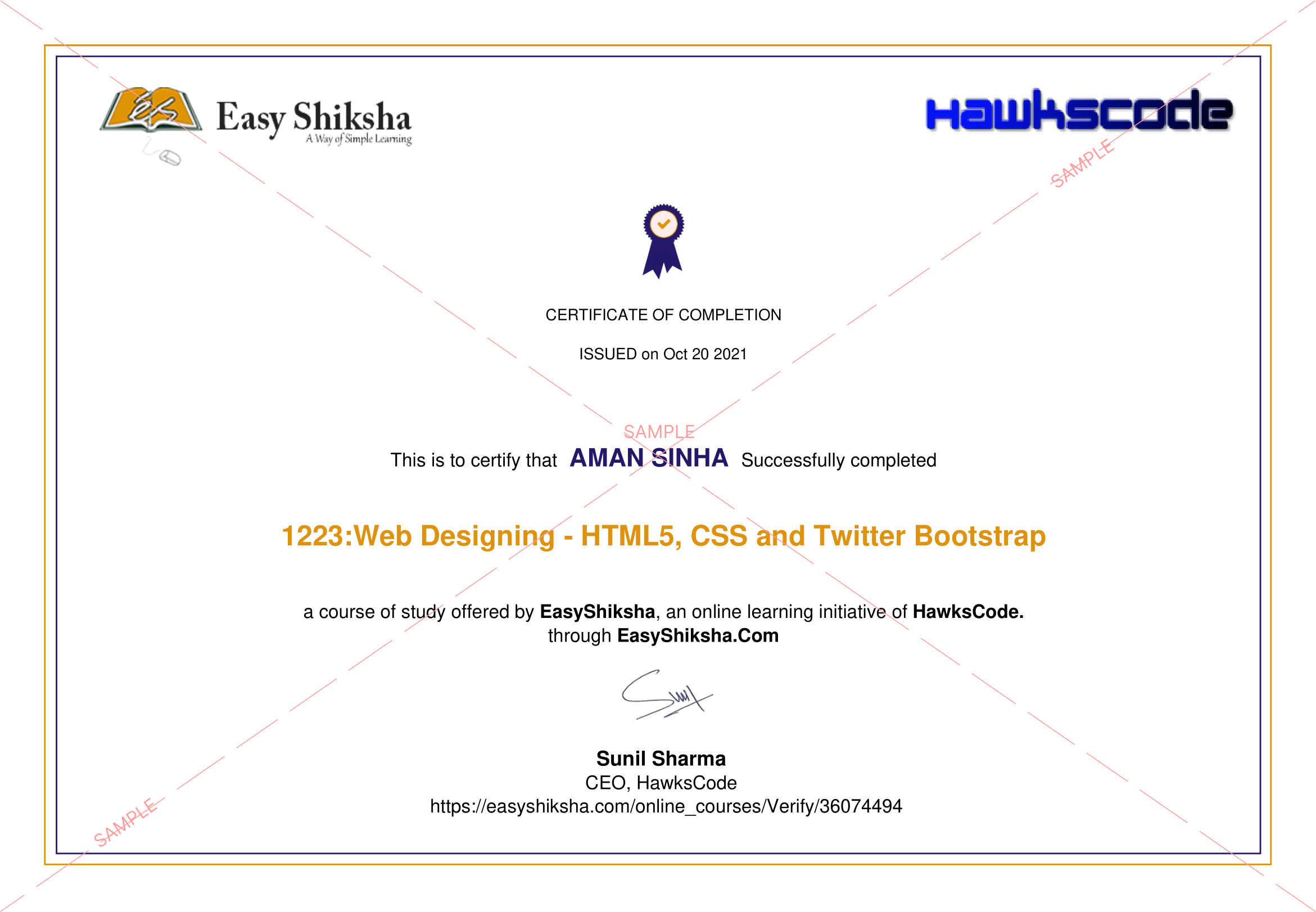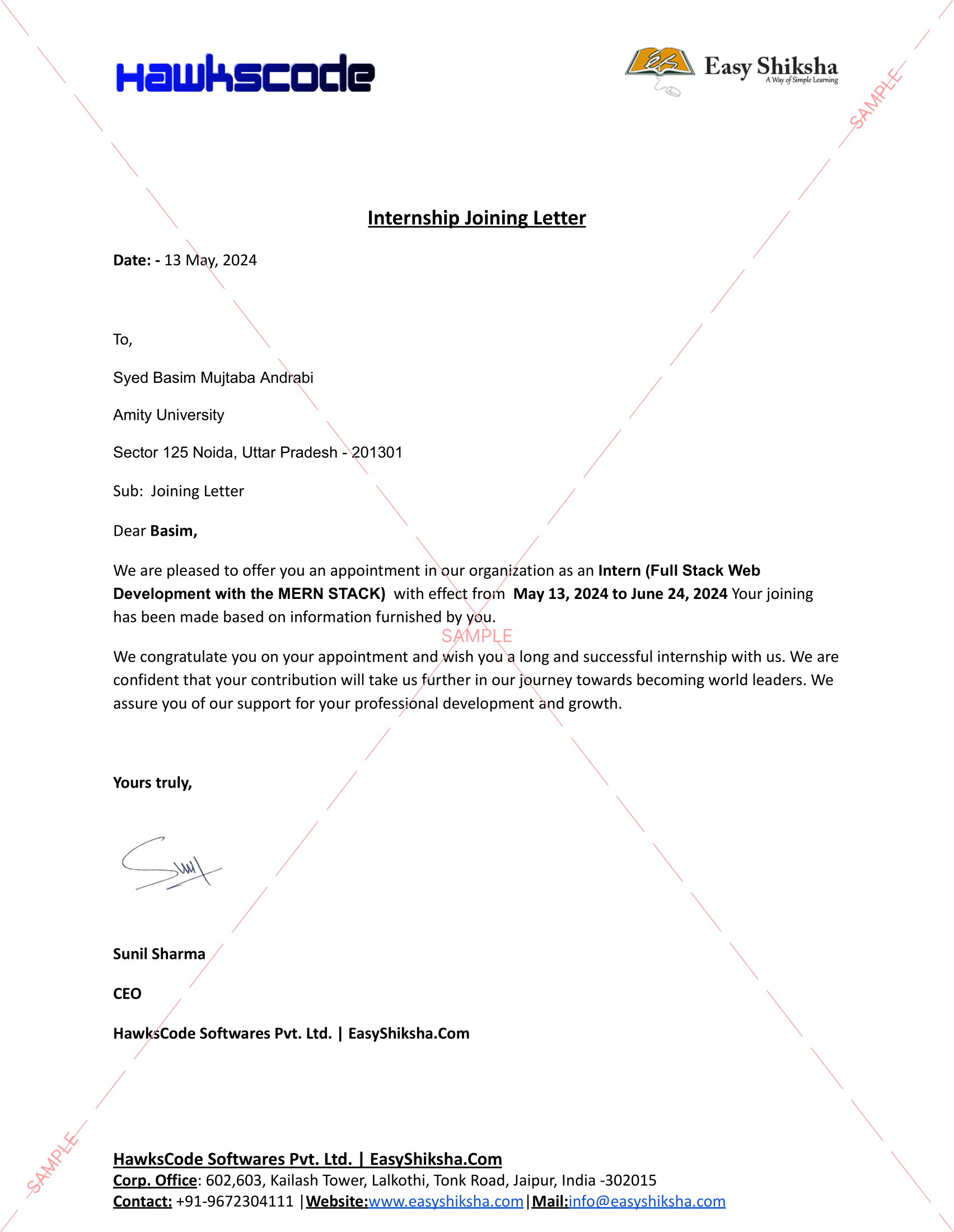





Until recently, classroom learning is what we’ve all understood learning to be about. But the 2020 Coronavirus outbreak let teachers and students know that there are now great options to study online, so you don’t need to spend time in group settings close to other people. There’s no doubt that the eLearning industry will continue to grow rapidly and you may need to, or have already had to, transition your classroom learning into online courses. Here’s a quick guide on how you can do this.
First, let’s recall how you teach in the classroom and break your classroom learning into the following 3 main components: providing theory, practice, and assessments. You will use the same 3 components when making an online course.
Now let’s look at how you can tailor each component to online learning and what tools you might need. Providing Theory
Informative slides: These are similar to PowerPoint presentations delivered online. Such courses typically include text, pictures, and “Next” buttons. This is a simple and engaging way to cover a topic. You can create a slide-based course very quickly with an authoring tool like iSpring Presenter.
Video lecture: If you're accustomed to teaching in person, in front of your students, it will be natural for you to do the same in front of the camera. You can simply record a presenter video or combine your talking-head video with the slides if you want your students to have visual aids.
Whiteboard animation: Have you seen videos where someone was explaining a concept using what looked like a whiteboard and a hand drawing pictures based on the information being presented? You can also use this method to explain information to your students; for example, explain scientific theories or some human processes.
Interactive quizzes: You can help your learners practice their knowledge with online quizzes. Modern authoring tools have multiple question types, e.g., the ubiquitous multiple-choice and true or false questions, and the more engaging drag-and-drop and hotspot question types. This is an effective way for your students to consolidate the content you are teaching and retain the information longer.
Role-plays: This is a content type that can simulate a role-play activity that people would normally do with a partner in a classroom. When creating a conversation activity based on a situation that a student might face in real life, you can let them know what to expect and provide a safe place to practice their reactions and responses. For example, with a role-play, you can help your students master sales and customer service skills or prepare them for a job interview.
Interactive and related games and activities: Jeopardy, Hangman, Mad Gab and other popular games do very well in person and can boost interactivity in online courses. Some authoring tools have these games pre-built into them and will allow you to configure them to your liking.
Graded quizzes: We’ve already mentioned quizzes as a great way to reinforce knowledge, but they are also the go-to tool for evaluating students' knowledge. With quizzes, you can test students online and get accurate results on their comprehension. Some authoring tools allow you to assign penalties for mistakes and set limits based on time allowed and attempts, so you can prevent learners from cheating.
Classroom learning and online learning each have their unique characteristics that make both worthwhile. And neither is going away. But making online courses requires a switch in mentality and a little creativity. Thankfully, there are many authoring tools that can help you streamline the content creation process. By using them, you can make online courses interactive, human friendly, and a worthy replacement for your classroom learning.
More News Click Here

Discover thousands of colleges and courses, enhance skills with online courses and internships, explore career alternatives, and stay updated with the latest educational news..

Gain high-quality, filtered student leads, prominent homepage ads, top search ranking, and a separate website. Let us actively enhance your brand awareness.